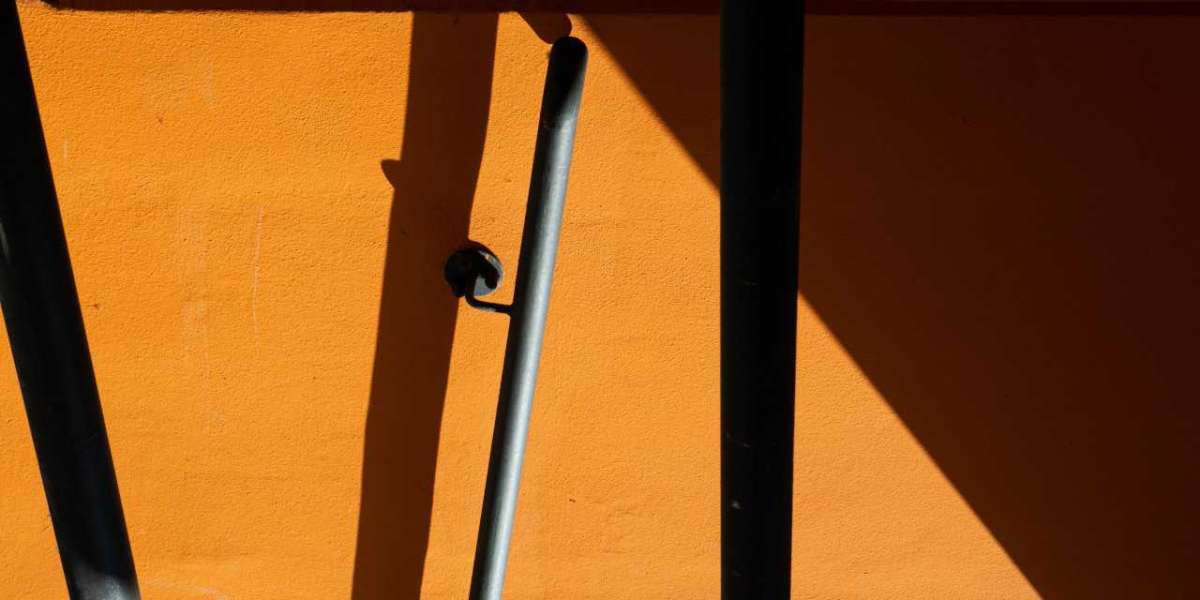Aluminum anodizing is a process that enhances the surface properties of aluminum, making it more durable, corrosion-resistant, and aesthetically pleasing. This technique involves creating an oxide layer on the surface of aluminum through an electrochemical process. In this article, we will delve into the different types of aluminum anodizing techniques and their applications.
Anodizing Methods
There are several methods used for aluminum anodizing, each offering unique benefits and applications. Let's explore some of the most commonly used techniques:
1. Type I - Chromic Acid Anodizing
Chromic acid anodizing, also known as Type I anodizing, is the oldest and most basic form of aluminum anodizing. It uses chromic acid as the electrolyte and produces a thin and porous oxide layer. This method is primarily used for corrosion protection and as a base for subsequent coatings or paint.
For example, in the aerospace industry, chromic acid anodizing is often used to prepare aluminum surfaces for adhesive bonding. The porous oxide layer improves the adhesion of the adhesive, ensuring a strong bond between components.
2. Type II - Sulfuric Acid Anodizing
Sulfuric acid anodizing, or Type II anodizing, is the most widely used method for aluminum anodizing. It produces a thicker and more durable oxide layer compared to chromic acid anodizing. The thickness of the oxide layer can be controlled to achieve specific properties.
This type of anodizing is commonly used in architectural applications, such as window frames and building facades. The oxide layer can be dyed to create a wide range of colors, providing both aesthetic appeal and increased corrosion resistance.
3. Type III - Hardcoat Anodizing
Hardcoat anodizing, also known as Type III anodizing, is a specialized technique that produces a thick and hard oxide layer. This process is achieved by using a higher voltage and lower temperature compared to other anodizing methods. The resulting oxide layer is highly wear-resistant and provides excellent protection against abrasion and corrosion.
One of the key applications of hardcoat anodizing is in the manufacturing of firearm components. The hard and durable oxide layer enhances the surface hardness of the aluminum, improving the overall durability and longevity of the firearm.
4. Other Anodizing Techniques
In addition to the three main types mentioned above, there are other specialized anodizing techniques that cater to specific requirements:
- Electrolytic Coloring: This technique involves introducing metallic salts into the anodizing process to achieve vibrant and permanent colors on the aluminum surface.
- Pulse Anodizing: Pulse anodizing utilizes pulsed current to create a more uniform and controlled oxide layer, resulting in improved surface finish and corrosion resistance.
- Plasma Electrolytic Oxidation (PEO): PEO is an advanced anodizing technique that forms a thick ceramic oxide layer on the aluminum surface. This process enhances the hardness, wear resistance, and thermal stability of the aluminum.
Conclusion
Aluminum anodizing is a versatile process that offers a wide range of benefits, including improved corrosion resistance, enhanced durability, and aesthetic appeal. By exploring the various types of aluminum anodizing techniques, we can better understand their applications and choose the most suitable method for specific requirements.
Whether it's chromic acid anodizing for adhesive bonding, sulfuric acid anodizing for architectural applications, hardcoat anodizing for firearm components, or other specialized techniques, aluminum anodizing plays a crucial role in numerous industries.
So, the next time you come across aluminum products with exceptional surface properties, remember the diverse world of aluminum anodizing techniques that make it possible.








